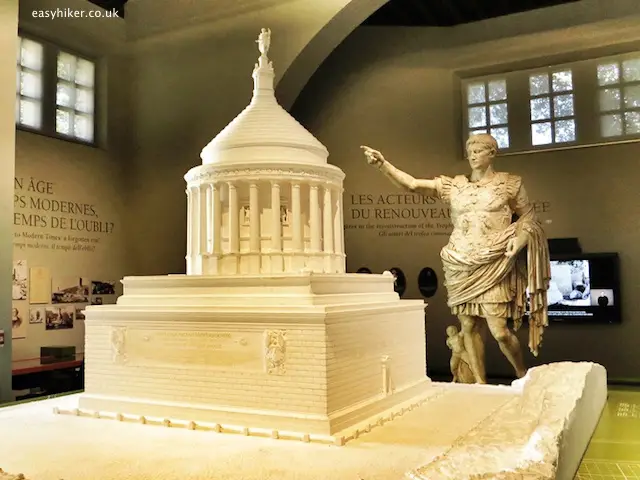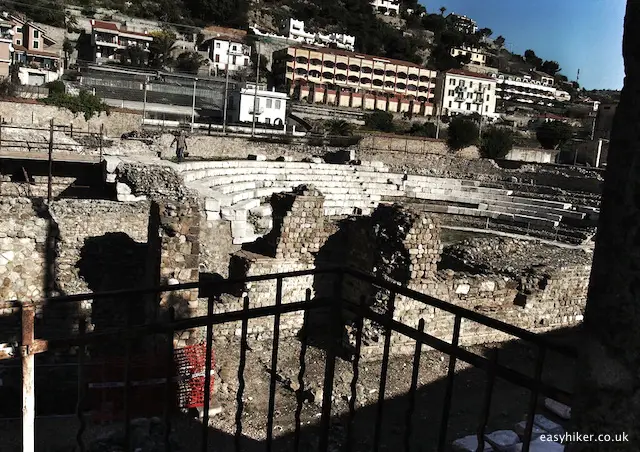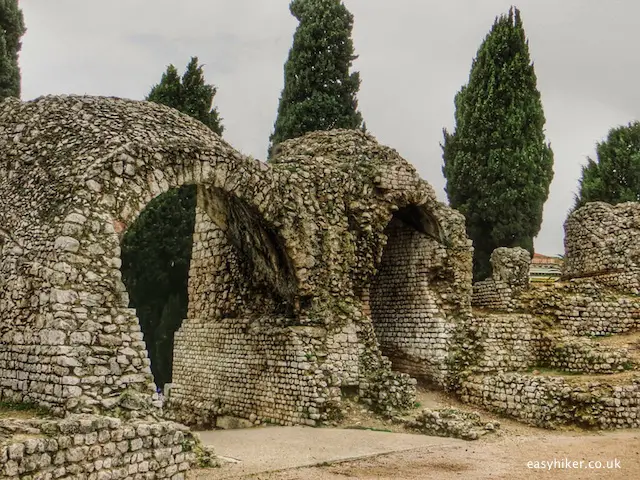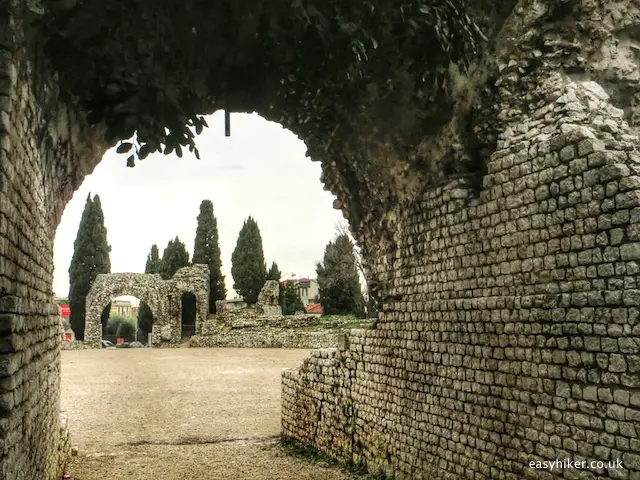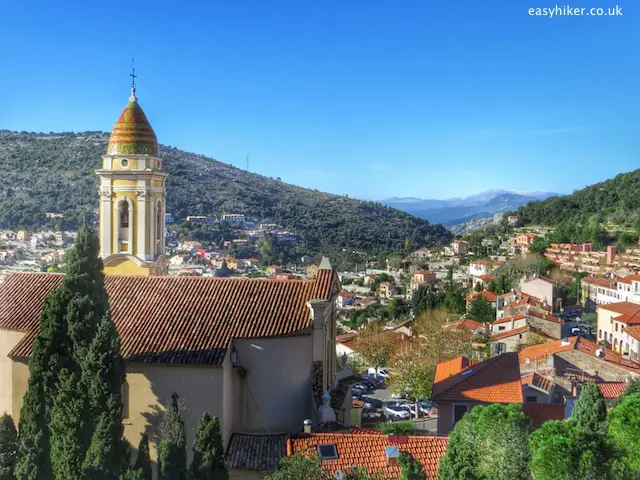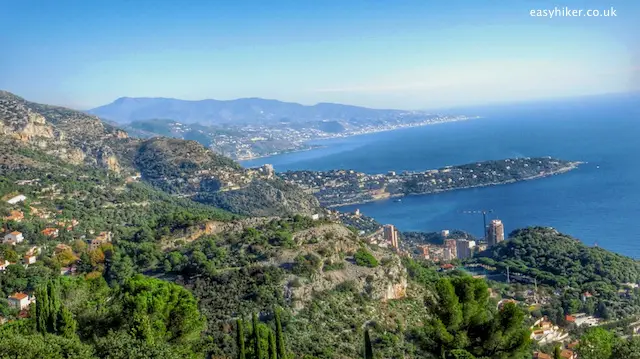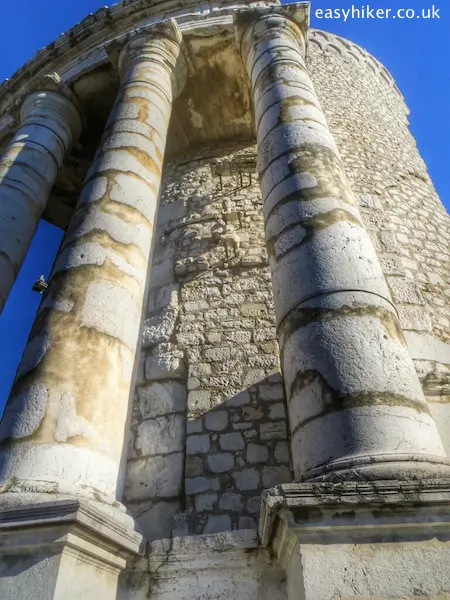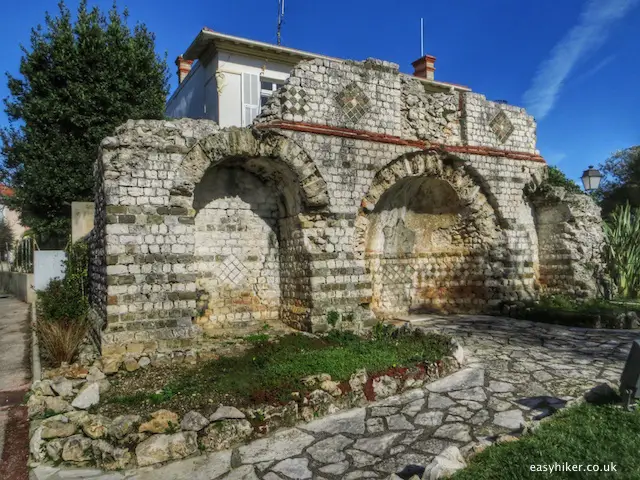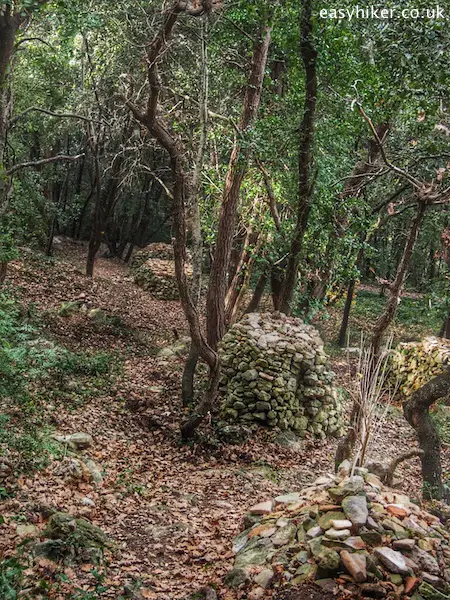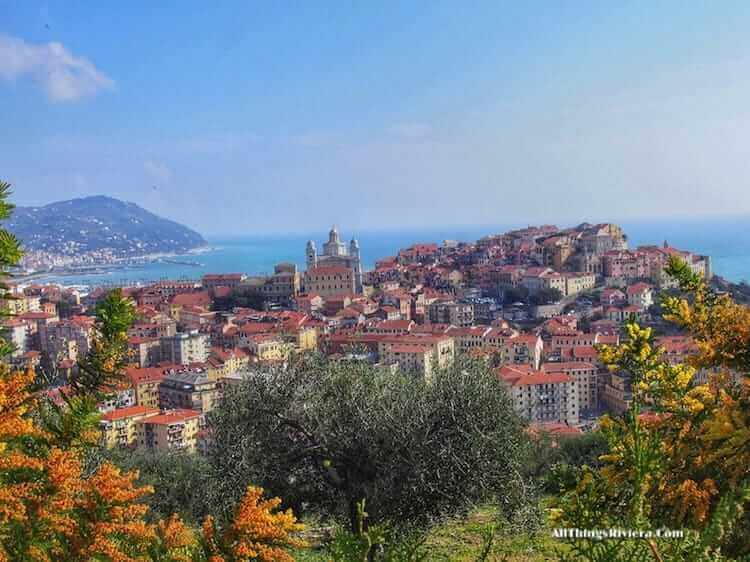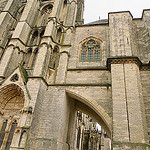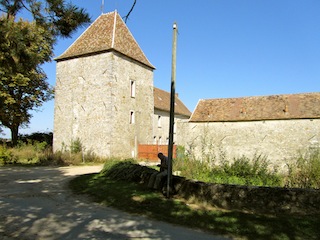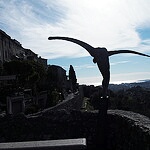On the basis of the evidence, it feels safe to say that the Empire’s troops did not come here to enjoy the beautiful beaches
The history of the Riviera, if we are honest, begins in the 17th century when its oldest towns were built, and it really picks up 200 years later with the invention of tourism.
Anything that happened before is irrelevant for the modern-day resort towns that are lining the coast. These events are history only in the sense that they are things that happened in this area a long time ago (“one damn thing after another”), not in the sense that they are elements of an overarching narrative that makes sense of the present by showing how it is connected to events from the past.
Still, when you are hiking on the Riviera, you are bound to encounter remains of the Romans from such past events. These include even some pre-historic sites – humans, after all, have lived in this area for many thousands of years – but we will leave that for some other day.
Today, we shall concentrate on the remains of the Romans in the Riviera.
A little to the east of Ventimiglia’s modern town centre – just before the big railway bridge – you can see what is left from the old Roman town of Albintimilium, which was only discovered and dug up in the 19th century when the railway was built. The centrepiece of the archaeological site is the 1st century theatre, whose small size (2,000 seats) says much about the ancient town’s status.
Read also: Queen of the Ligurian Hills
Albintimilium was clearly antiquity’s Palookaville, not even considered important enough for a “proper” amphitheatre where gladiatorial fights or chariot races could have been staged.
Instead, the soldiers who had the misfortune of being stationed here were, between their occasional brawls with the local barbarians, entertained by ballet and mime performances. It was clearly a tough life in the Roman army.
One level up from Albintimilium, there was Cemenelum, the capital of the province Alpes Maritimae, located in the hills overlooking what is now the modern town of Nice. Here, too, the theatre is and was the showpiece of the town’s architecture.
This is a proper amphitheatre, but its size – with roughly 5,000 seats, it is one of the smallest such theatres that have been preserved and compares badly to the 20,000-seaters of major provincial cities such as Arles and Orange – gives you a good idea where Cemenelum, and with it the entire province of Alpes Maritimae, sat within the hierarchy of the Roman empire. (Neither Arles nor Orange were even the capital of the Narbonensis province: that was Narbonne.)
Cemenelum was a garrison town, and with a little imagination, one can picture its Single-A stadium (English translation: League Division Two) filled with bored soldiers and their wives, munching on their popcorn, while down on the pitch, some journeymen gladiators or League Division Two lions and Christians are going through the motions.
The Romans built Cemenelum not to convert the natives, but to contain them, and therefore felt little reason for the erection of anything that went beyond the immediate needs of their troops.
There is only one spot in the region where the Romans clearly wanted to make their presence felt, and that is La Turbie.
The Trophée des Alpes or Tropaeum Alpium was erected in 6 AD to mark the final Roman victory over the hostile natives in the entire southern Alpine region – the inscription on the monument lists more than 40 such tribes.
The trophée was built on the highest spot of the road from Italy – it was meant to be seen from far away, land and sea, but served no military purpose beyond that.
This is the view inland from the visitors’ platform, about half-way up …
… and this the seaward view of Monaco and Cap Martin …
… to give you an idea from how far away it would have been seen.
For a while, the monument marked the official border between the Empire’s heartland and the province of Gallia Narbonensis.
Read also: Noble Cervo and Diano the Brash
The trophée as it stands today is essentially a reconstruction of what the actual monument must have looked like. We know that it once featured 24 columns, crowned by a statue of the Emperor Augustus, and that it reached a total height of more than 50 m (today, without the statue, it is 36 m high).
For 1st century native Ligurians, this would almost certainly have been the largest man-made structure they had ever seen, and it is quite clear that the trophée served no other purpose than to instill fear and respect.
Apart from defending their coastal road against Ligurians and, in between skirmishes, watching journeymen gladiators slug it out: what were the lives of the Romans on the Riviera actually like? About this, we know very little, so – again – we have to use our imagination to get a taste of it.
Take Villa Lumone, for example, a Roman mausoleum which was probably built in the 1st century AD right by the side of Via Iulia Augusta, antiquity’s main road between France and Italy, which is largely identical with the modern suburban street on which Via Lumone is now located.
The mausoleum was obviously erected to honour somebody important, a general perhaps, but what is significant is that he was buried not where he lived, in the army camp or a near-by settlement, but near the road to Rome.
For some reason, this reminds me of a once famous southern English football coach, who, having been “exiled” to a club in a northern coal-mining town, said that the best thing about his adopted home town was “the road to London.”
All things considered, it seems that the Riviera was – in stark contrast to the neighbouring province of Southern France – not regarded as a place where Roman life could flourish. It was an outpost, defended only for its strategic value: the frontier of civilization rather than part of it.
More starkly even than by the relative luxury of Albintimilium and Cemenelum, this is illustrated by the modesty and scale of smaller Roman settlements such as Pagus Cantabensis in the hills north of Antibes. Its location, too, is interesting: it lies a little remote on a hill, where it must have been easy-to-defend, and has obviously not been conceived as a self-confident assertion of Roman values and the superiority of its civilization.
When Pagus Cantabensis was destroyed in the 5th century, the Riviera was sidelined and virtually forgotten by the world’s rich and powerful for almost 1500 years: the Sleeping Beauty of European history.

